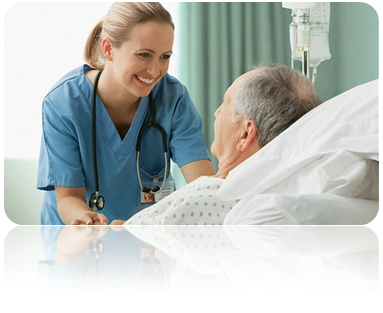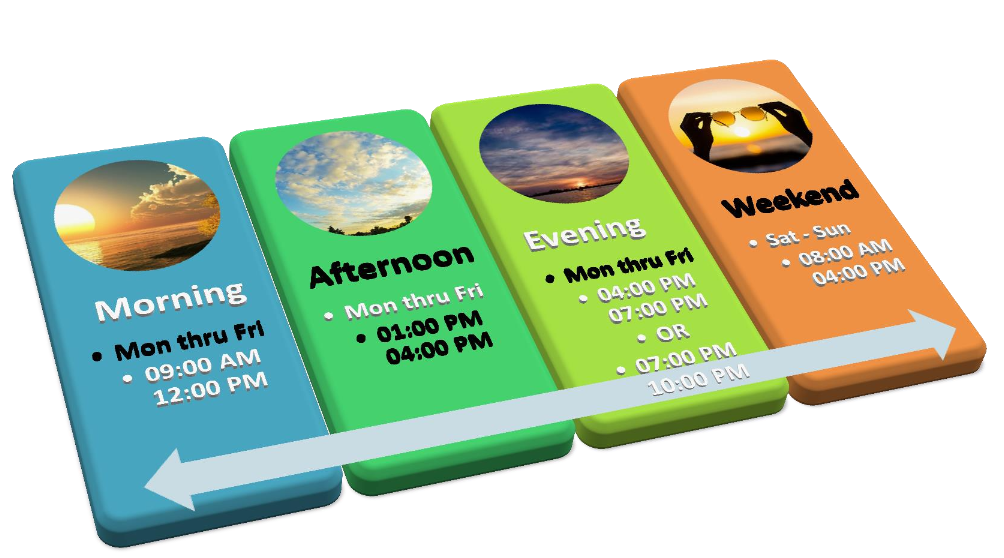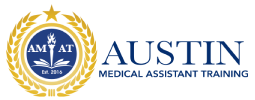
Total Program Hours:120
| School Tuition | $1280.00 |
| Books Fee/Uniform | $160.00/$40.00 |
| Registration Fee | $100.00 |
| Total | $1600.00 |

COURSE DESCRIPTION:
Patient care technician course will explain methods of patient care, legal issues in healthcare, standard precautions and infection control. Students will have opportunity to learn medical terminology, physical examination, patient positioning, bed mobility, range of motion, wheelchair management and ex, and feeding, escorting patient for tests. Students will trained on checking vital signs and collecting blood, urine and other samples. Students will train to show e proficiency in the skills required for primary patient care.
LEARNING/ PERFORMANCE OBJECTIVES :
Upon completion of this course, the student should be able to do the following:
- * Introduction to patient care, legal issues in healthcare, standard precautions and infection control
- * Medical terminology, physical examination
- * Observing, recording and reporting patient blood pressure, pulse and temperature, mental and emotional changes.
- * Draw blood samples and prepare to for clinical lab
- * Preform EKG
- * Assisting doctors and nursing during examination
- * Patient positioning, bed mobility, range of motion
- * Therapeutic exercises, gait.
- * How to deal with assistive devices, orthosis and prosthesis, transfer techniques
- * Wound care and pressure sores.
- * Help the patient in feeding, bathing, grooming, and personal hygiene moving in and out of bed.
- * Wheelchair management, patient care competency, special topics
- * Making beds and keep patient place clean
- Communicate with patients and other health care team members using proper medical terminology.
- * Demonstrate proficiency in the skills required for primary patient care.
- * Apply universal precaution for safety and infection control in patient care settings.
- * Apply best practice procedures in a clinical laboratory setting.
- * Demonstrate proficiency in the anatomy and physiology of the cardiovascular system, anatomical structures and terminology in order to relate areas of the clinical laboratory
- * Setting up and operate equipment’s
- * Responding to patient call and request assistance
